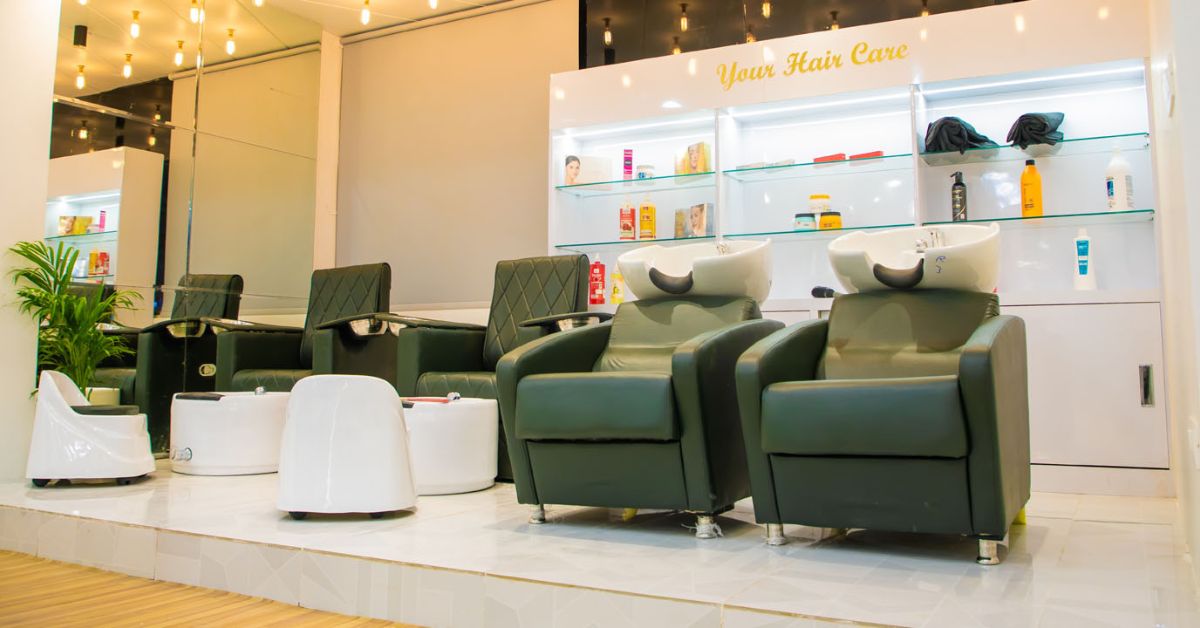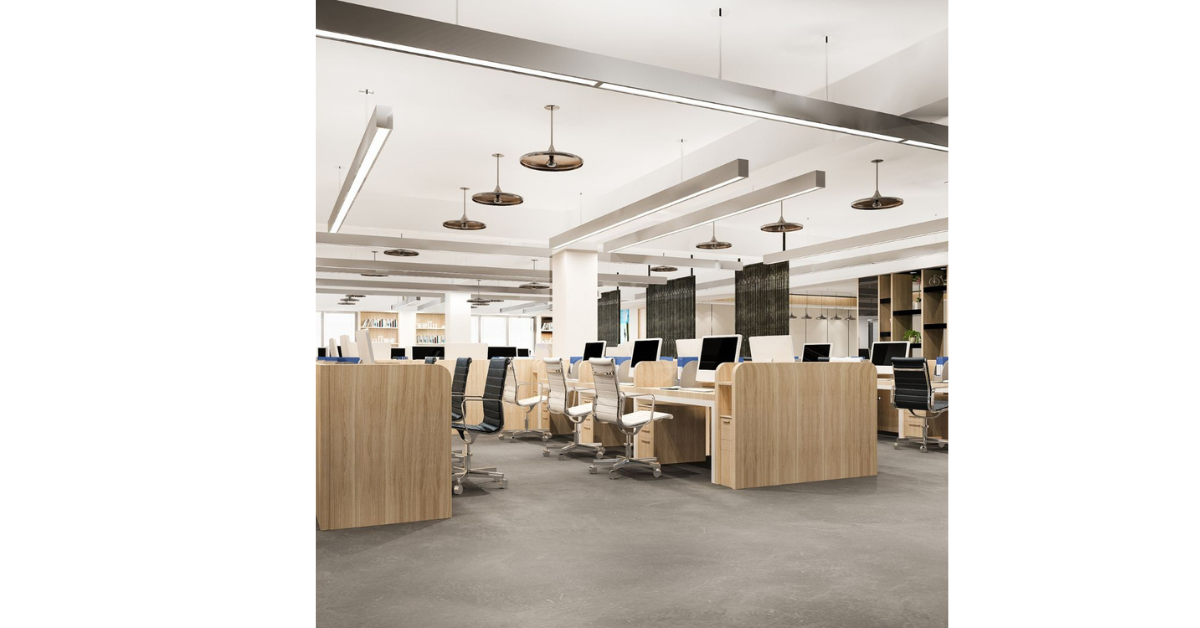
Why Hiring a Commercial Interior Designer Is an Investment, Not an Expense
A commercial interior designer does more than just furniture in place. They create an environment that embodies the personality, values, and market status of your brand. Beyond aesthetics, they make strategic options - from material selection to color psychology - for customers who look at your business. When people enter your place, they immediately make an impression. Professional design ensures that these impressions align with your desired image, making it an investment in long-term brand equity rather than a one-time decoration cost.
Enhancing Operational Efficiency with Thoughtful Design
Well-designed commercial locations enable smooth workflows and improve productivity. Designers consider spatial plans, user traffic, lighting, sound, and ergonomics to increase daily operations. For example, retail layouts designed to guide customers through the display may increase sales, while the interiors of the office can promote employee productivity to cooperation, and privacy. These abstract efficiency benefits turn into average business benefits, including all delays due to strategic design investment, happy employees, and high customer satisfaction.
Customer Experience and Client Retention
The extraordinary service, combined with a memorable environment, enhances customer loyalty. A professionally designed space invites customers to sex, enhances comfort, and deepens emotional relations with the brand. When the experience becomes memorable, customers are more likely to return and recommend your business. This ripple effect changes the design investment in real revenue and customer retention over time. Hiring a skilled designer shows customers you invest in your comfort and care.
Long-Term Financial Returns
While the costs of hiring a commercial interior designer are important, long-term returns on investment are also important. Quality materials last long, layouts suit the development of the business, and the design remains relevant beyond the passing trend. Many designs include elements such as modular furniture, smart lighting, and energy-efficient systems that reduce the utility bill. These longevity and efficiency are beyond the initial expenditure, converting the design from a cost to a property that continues to pay back.
Attracting Top Talent and Boosting Team Morale

Your field speaks not only for customers but also for the possibilities of employees and talent. Well-designed interiors promote a positive function culture, promote morale, and attract a high-quality task force. The thoughtful layout, access to natural light, breakout zone, and ergonomic products create an environment where people feel valued. This promotion in joy and productivity reflects outwards as internal service, strong brand representation, and long-term retention. This is particularly important in competitive job markets where company affects the decisions to hire, culture, and workpiece design.
Differentiating Your Brand in a Competitive Market
The design separates brands. In saturated retail, hospitality, and corporate environments, internal design is a major discrimination. A trained designer not only keeps pace with current design sensations but also integrates your unique brand story into the space. Customers recall a beautifully curated environment, and visually attracted organic attention to specific internal social media. This earned promotion puts your business ahead of the competition, and the premium justifies room rates, menu pricing, or service levels for perceived value.
Aligning with Sustainability and Corporate Responsibility
Permanent trade practices are being given rapid importance by consumers and stakeholders. Commercial interior designers often prefer environmentally friendly materials, energy-saving lighting, and waste reduction in construction processes. Refused wood, low-VOC paint, recycled textiles, or a selection of LED systems display social responsibility. Customers notice these subtle signals and reward brands that prefer environmental care. Thursday's design investment not only reflects internal efficiency but also external credibility and dutiful branding.
Mitigating Future Renovation Costs
Businesses develop, products change, and office needs change. A strategic commercial interior designer estimates future adjustments by creating flexibility in the offerable division, easy-to-purchase furniture, and scalable lighting layout. This foresight reduces the need for future renewal. Instead of taking out the walls or overhauling systems, businesses can adapt the existing interiors cheaply. This is an identity of further thinking design investment that saves money in the long term.
Collaboration with Multi-Disciplinary Teams

Commercial interior design often requires cooperation with architects, engineers, brand strategists, and convenience managers. Professional power schemes, HVAC, compliance, access, and safety standards are coordinated. By overseeing this complexity, designers streamline project management, reduce delays, and avoid expensive mistakes. This integrated role not only looks great by ensuring the final location, but also a safe, obedient, and functional environment, adding immense value, saving both time and money.
Staying Current with Trends and Compliance
Regulatory requirements, industry best practices, and beauty trends develop continuously. A commercial interior designer remains updated with building codes, safety standards, and consumer preferences. Using current insights-like contact-free features, make post-pandemic, touchless fixtures, or ventilation improvement safe, more modern experiences. Investing in a designer ensures that your location remains up-to-date, fresh, and competitive without a constant overhaul.
Conclusion
Hiring a commercial interior designer is much higher than an aesthetic decision-it is a strategic investment in your brand, customer experience, operating efficiency, and long-term stability. This transforms empty square footage into a purposeful area that transmits values, enhances performance, and increases business effects. Investment in professional interior design today reduces future costs, increases revenue capacity, and creates a location that speaks volumes.
Companies that create environments that echo and inspire should consider experienced partners such as Interiors by ADs, who are known to combine creativity with strategic excellence. Whether you are constructing a retail spot, office complex, or hospitality site, the Ad Graphi provides brand-answer design that pays dividends over the years.
FAQs
Got questions? We've got answers. Explore our frequently asked questions to find information on project timelines, budget considerations, and your involvement in the design process.


